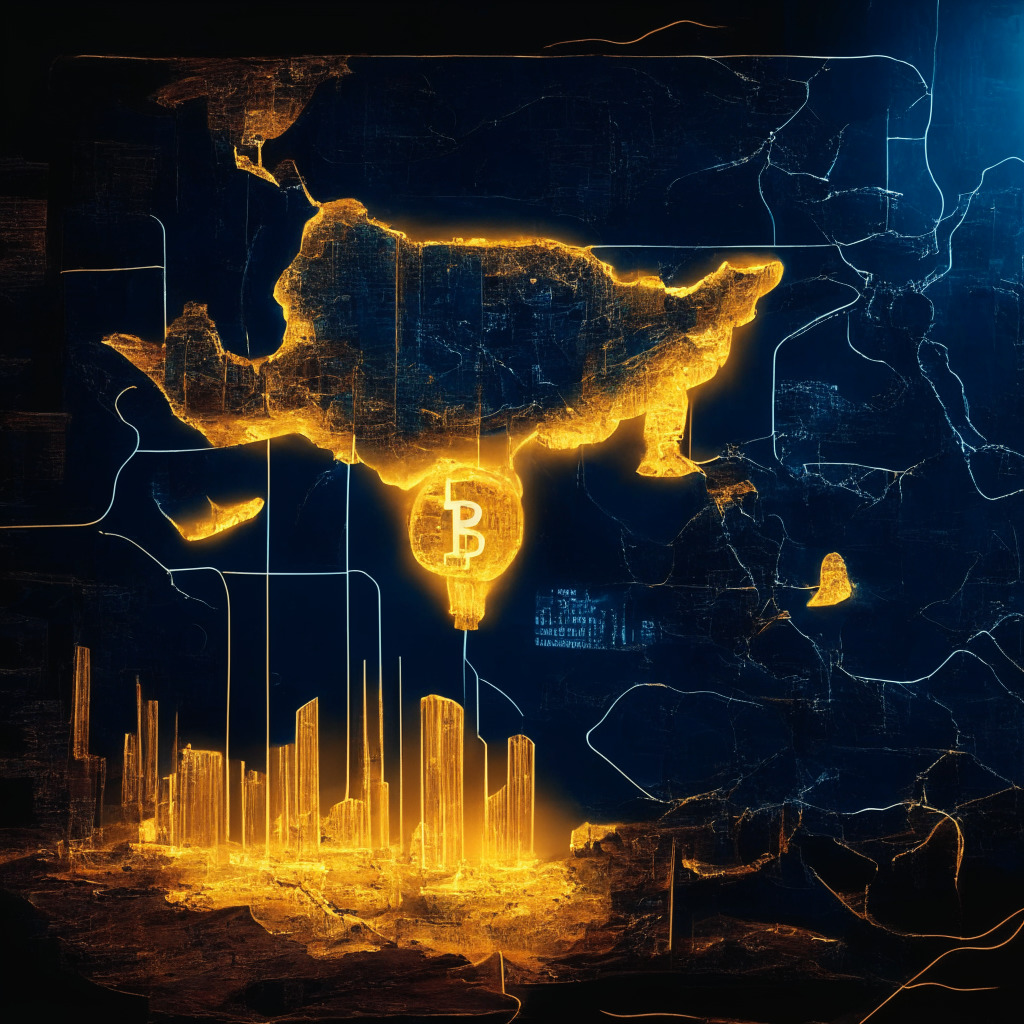The Bitcoin ordinal inscription craze is back, and network transactions are surging as a result. On May 1, on-chain analytics provider Glassnode reported that daily transactions were approaching peak levels. The 30-day moving average for the metric had reached 348,700 daily transactions. Furthermore, the peak level was measured in 2017 when it reached 379,000 transactions per day on average. However, these figures are taken from moving averages. According to Blockchain.com, the actual daily transaction count spiked to 426,814 on April 30. It has increased by more than 70% since the beginning of the year.
With the emergence of Inscriptions, analysts now need to assess how much of this is driven by Inscriptions versus monetary transfers. The spike in network transactions has been attributed to ordinal inscriptions. According to Glassnode, inscriptions represent approximately 30% to 40% of mined transactions and 10% to 20% of fees paid. The remaining majority are monetary transactions, often via exchanges, it added.
Bitcoin ordinal inscriptions are crypto assets similar to non-fungible tokens (NFTs), which can be inscribed into one Satoshi. The Bitcoin SegWit and Taproot updates enabled ordinal users to add 3MB of data to each block from the original constraint of 1MB per block. The inscription craze originally took off in February when users began inscribing NFTs to satoshis, the recent revival has been dominated by text-based inscriptions, however.
This resurgence in ordinal inscriptions raises questions about the overall impact on market values and network safety. On one hand, the increased activity and interest in Bitcoin reflect a growing mainstream acceptance of the cryptocurrency, with possible positive implications for its market value. On the other hand, the increased transaction volume could lead to network congestion, slower transaction times, or even potential security vulnerabilities, as participants scramble to take advantage of the latest craze. The current percentage of ordinal inscriptions to monetary transactions may not yet be concerning, but it is undoubtedly a point to be monitored as the trend continues.
Bitcoin prices have started to decline from their weekend plateau of around $29,300, and as of Monday morning, the Asian trading session saw BTC fall a couple of percent to an intraday low of $28,300, according to CoinGecko. The asset is down 58% from its peak price levels in November 2021, and the correction could well deepen before there is any transition to a bull cycle.
In conclusion, the Bitcoin ordinal inscription revival has contributed to a surge in network transactions, raising questions about its impact on market values and network safety. While there are potential benefits to increased adoption and interest in Bitcoin, the potential drawbacks, such as network congestion and security risks, should not be overlooked. It would be wise for both investors and analysts to keep a close eye on the evolving landscape of ordinal inscriptions and their influence on the Bitcoin ecosystem.
Source: Cointelegraph




